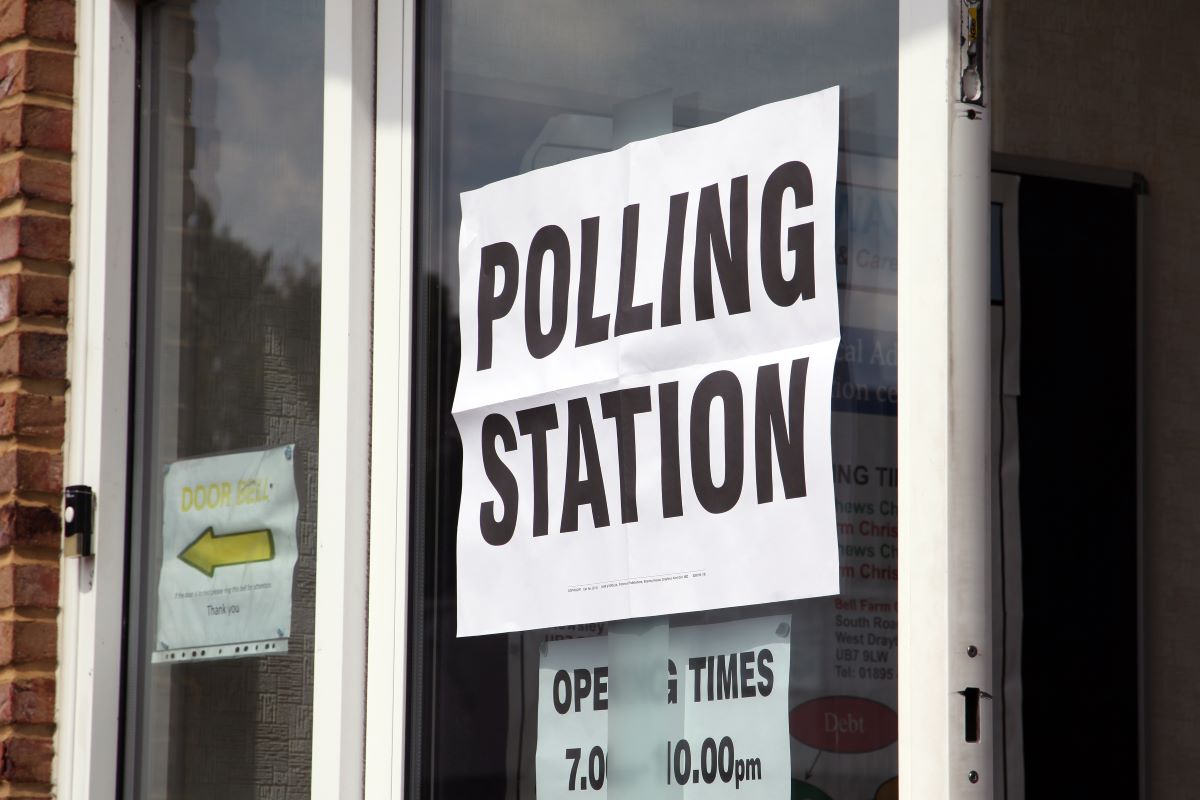Election season has come and gone, and once again, certain parts of the UK have demonstrated that voting might just be their least favourite pastime. Ever wondered which areas are leading the charge in voter apathy?
1. Barking and Dagenham

With a turnout of just 56.2%, Barking and Dagenham showed significant voter apathy. MP Dame Margaret Hodge represents this area, which has seen rising concerns about local issues such as housing and employment. The low turnout might be due to a sense of disconnection from Westminster politics, leading to voter disillusionment.
2. Birmingham

Birmingham managed a 60.4% turnout, indicating moderate engagement. Represented by MP Liam Byrne, the city has been grappling with economic challenges and public service cuts. The Labour stronghold saw reduced voter enthusiasm, possibly due to dissatisfaction with both local and national leadership.
3. Blackburn With Darwen

Blackburn with Darwen’s 55.6% turnout reflects significant voter disengagement. MP Kate Hollern has worked hard to address local issues, but economic struggles and a lack of youth engagement may have contributed to the low turnout. The loss of Conservative seats here also points to shifting political dynamics.
4. Bradford

At 57.3%, Bradford’s turnout shows a lack of interest in the electoral process. MP Naz Shah represents a community facing high levels of poverty and unemployment. These persistent issues might make residents feel that voting won’t bring about the changes they need.
5. Burnley
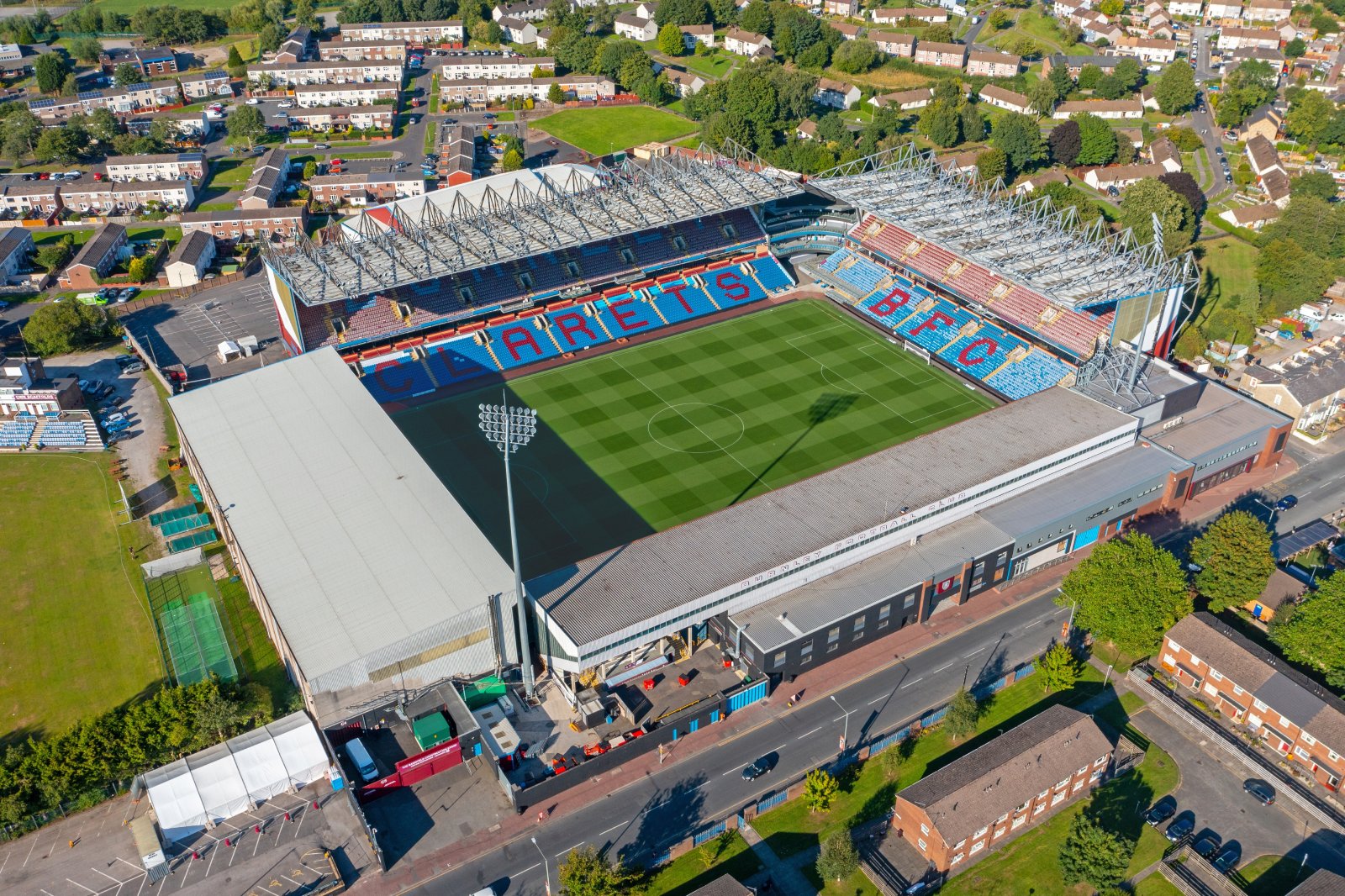
With a dismal 54.7%, Burnley’s turnout is the lowest on the list. MP Antony Higginbotham faces the challenge of addressing local discontent. Economic decline and a lack of trust in political promises contribute to voter apathy here.
6. Halton

Halton’s 59.1% turnout suggests voter engagement is not a priority. MP Derek Twigg’s efforts to address local concerns haven’t fully resonated, possibly due to ongoing issues with healthcare and infrastructure. The area’s Labour dominance hasn’t translated into higher voter turnout.
7. Hull
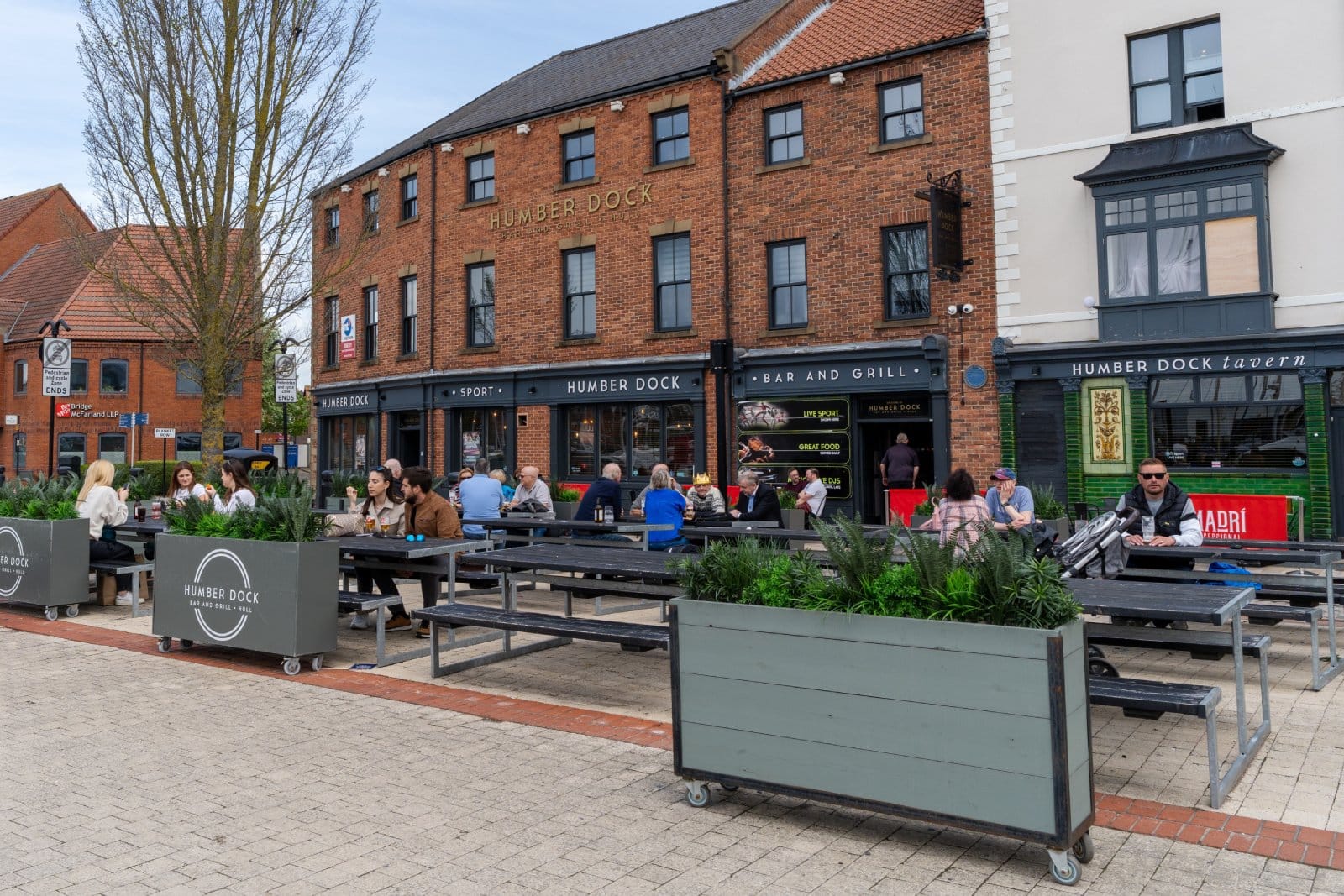
Hull, with 58.2% turnout, has shown more interest in local issues than national politics. MP Diana Johnson has been vocal about the city’s challenges, including economic deprivation and poor transport links. The community’s focus on immediate, tangible issues may explain the low voter turnout.
8. Knowsley
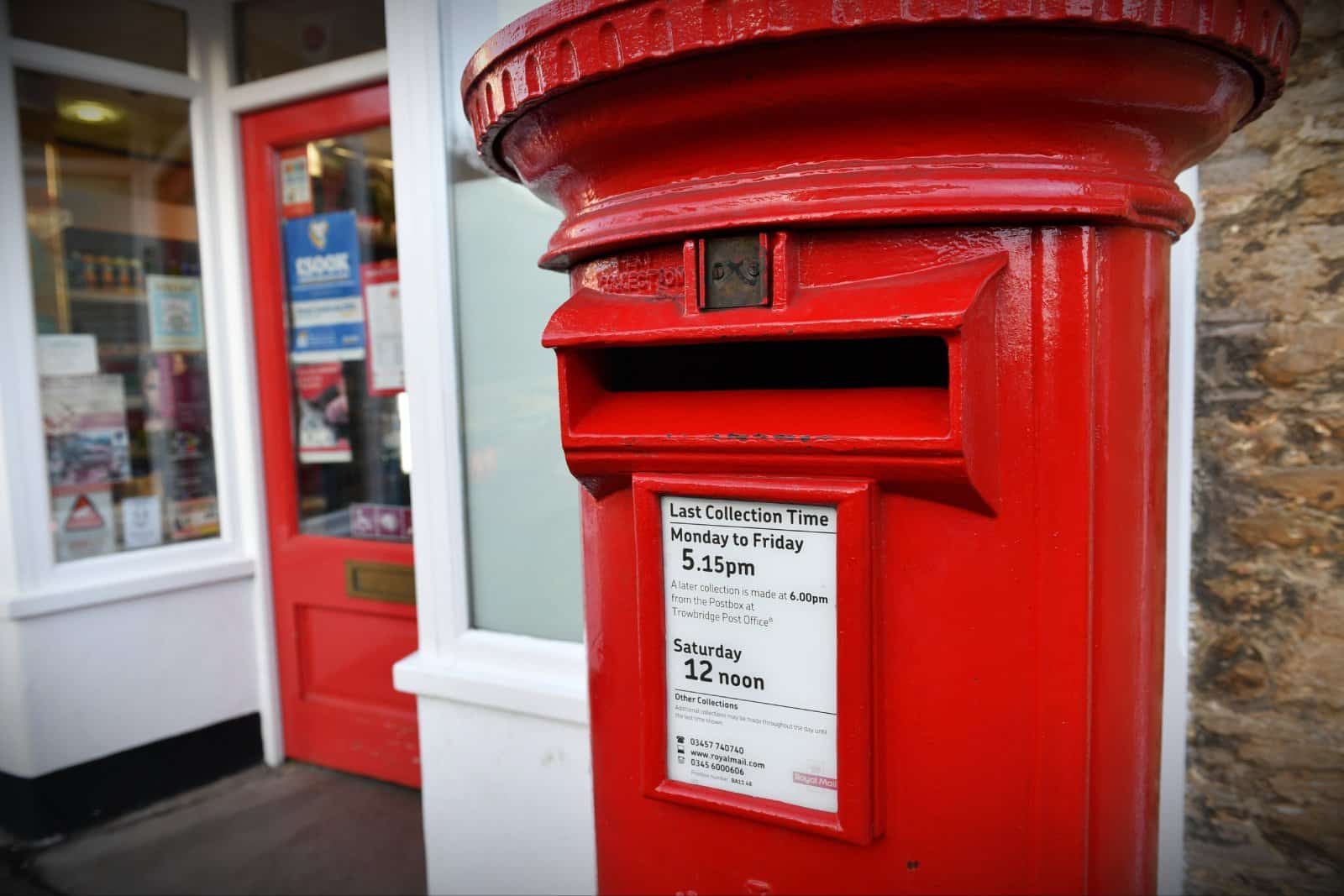
Knowsley’s 56.5% turnout indicates significant voter disinterest. MP Sir George Howarth has tried to engage with constituents, but high unemployment and limited opportunities have left many feeling disconnected from the political process. The loss of Labour seats here reflects broader dissatisfaction.
9. Leicester
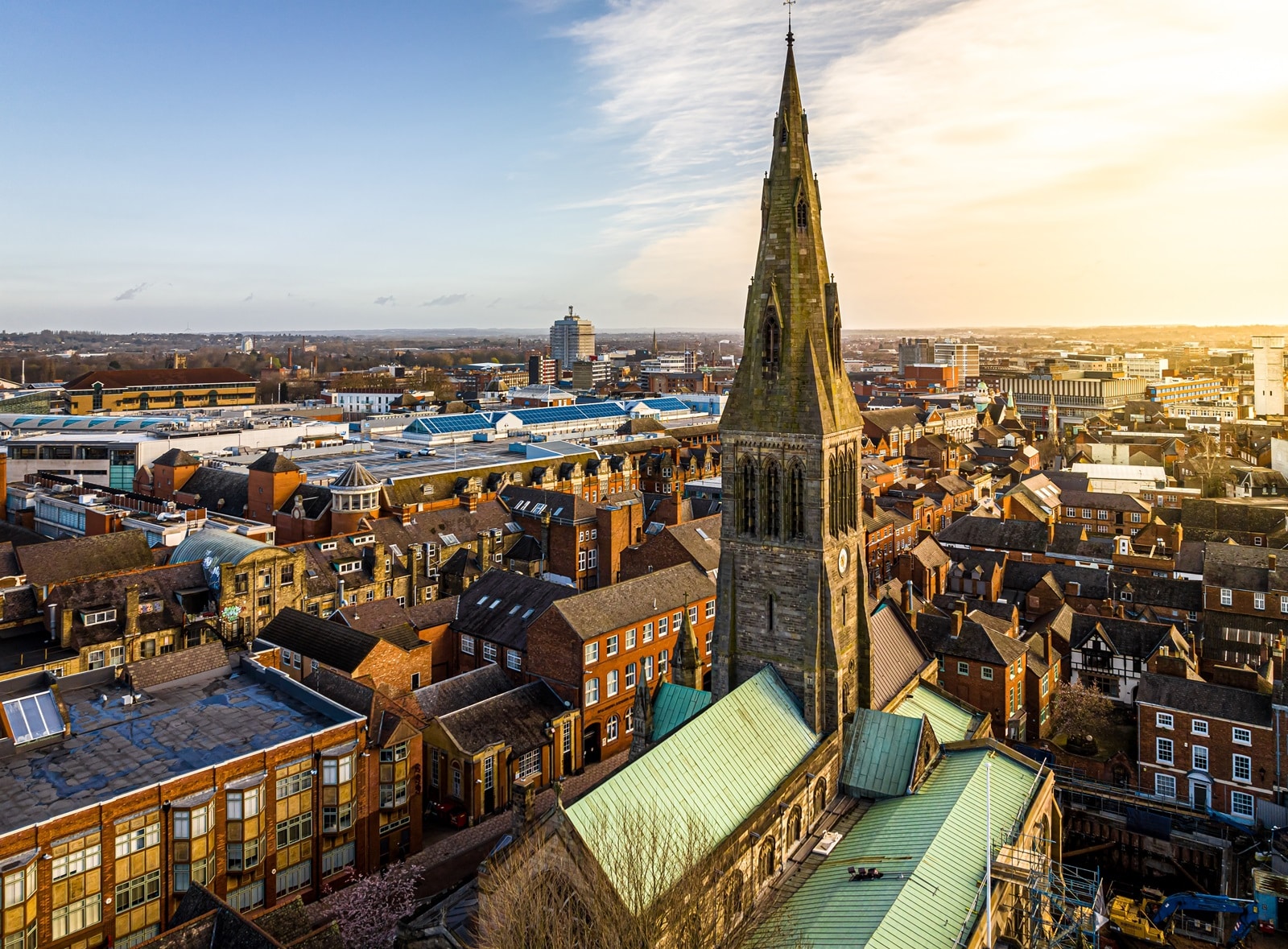
A 57.9% turnout in Leicester hints at broader disengagement. MP Jon Ashworth represents a city with a diverse population facing economic challenges and integration issues. The low turnout could be attributed to a lack of faith in political solutions to these complex problems.
10. Liverpool
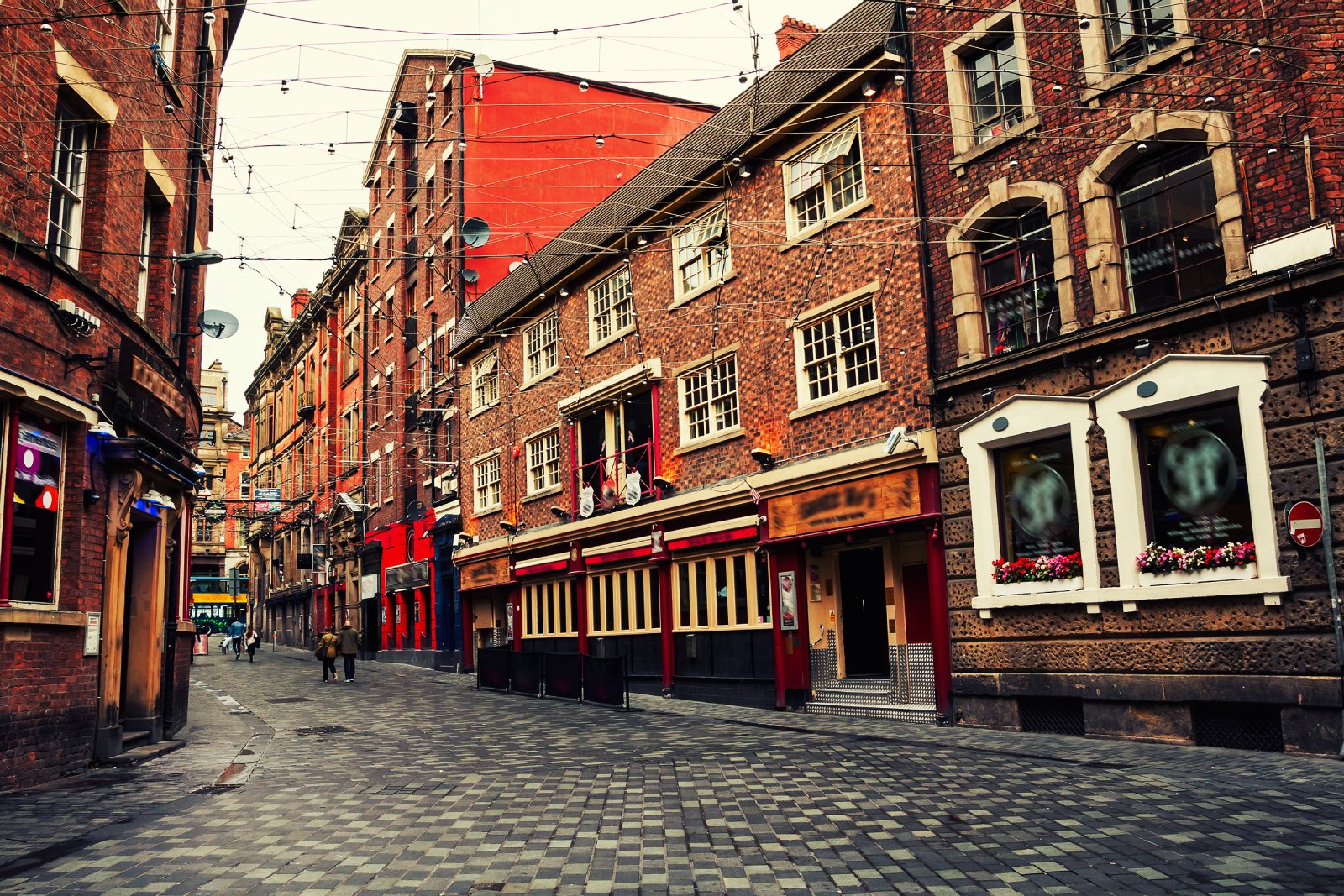
Liverpool’s 60.1% turnout is surprisingly low for a city known for its strong political opinions. MP Kim Johnson has highlighted local issues, but ongoing struggles with poverty and social inequality might have dampened voter enthusiasm. The city’s political landscape remains contentious.
11. Manchester
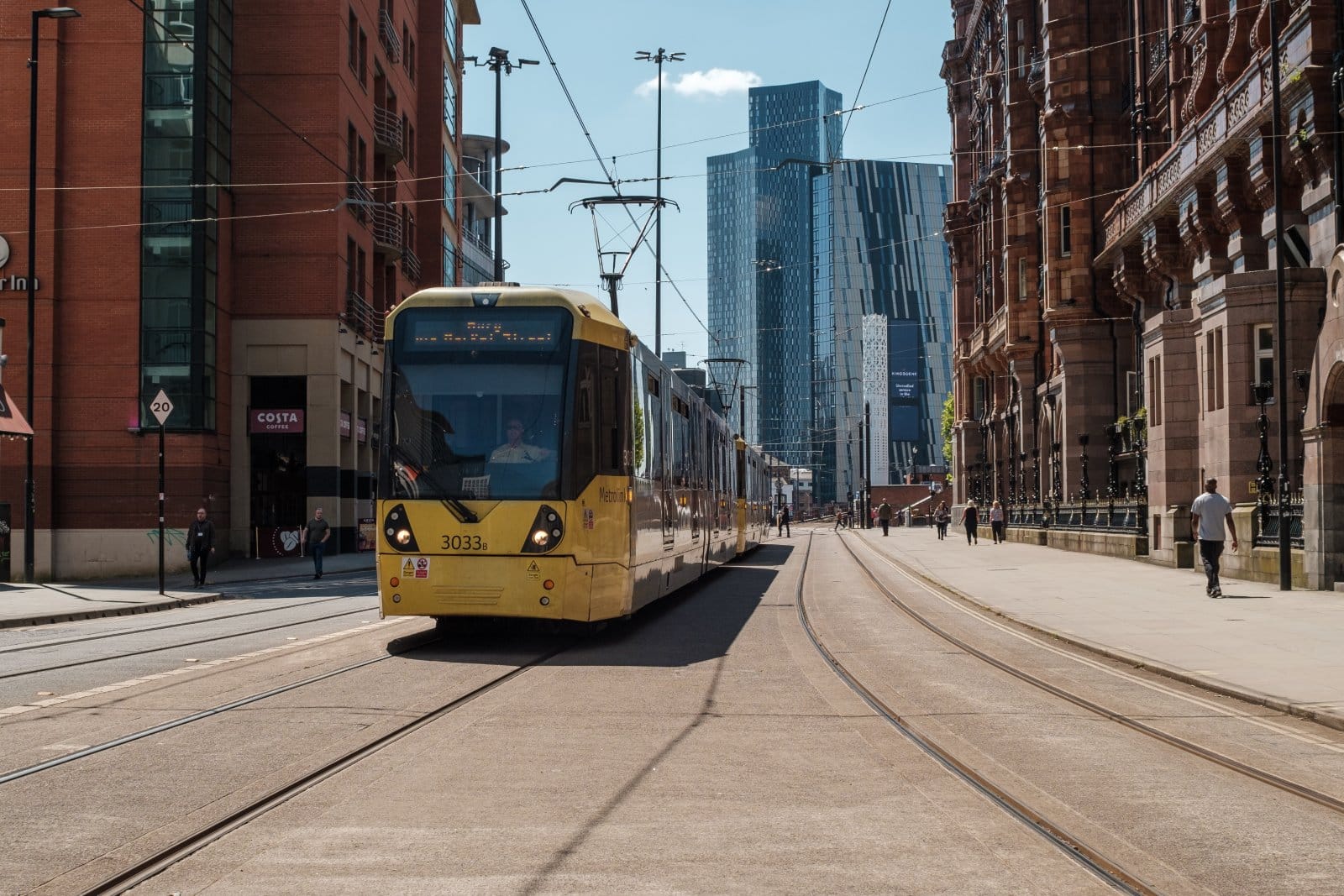
At 59.5%, Manchester’s turnout shows moderate engagement. MP Lucy Powell has addressed various local issues, but economic disparities and housing problems persist. Voter apathy may stem from a feeling that political change is slow to arrive.
12. Middlesbrough
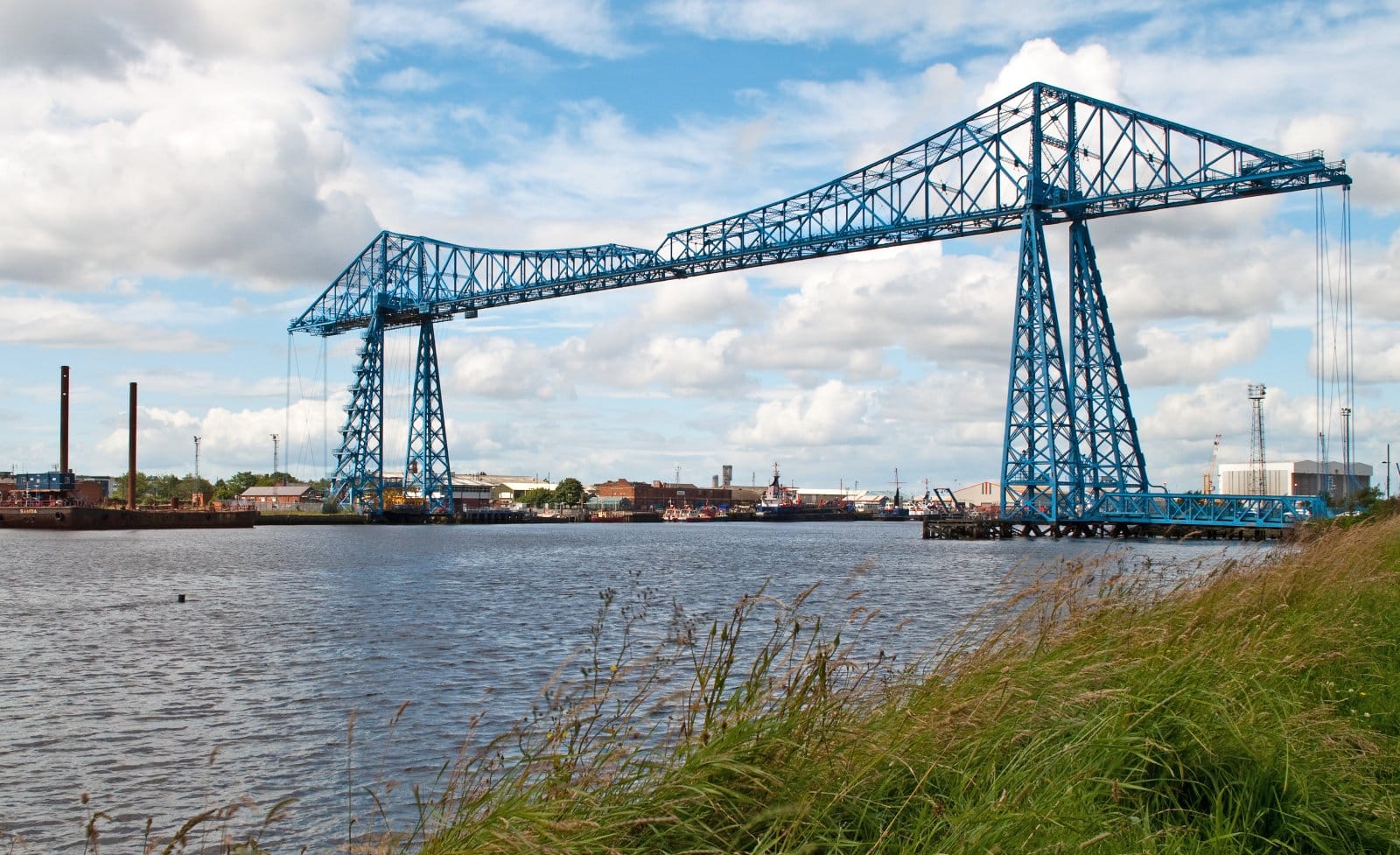
With 58% turnout, Middlesbrough voters are lukewarm about politics. MP Andy McDonald faces a community hit hard by economic decline and unemployment. These ongoing issues likely contribute to the low voter turnout, as residents feel disconnected from the political process.
13. Nottingham
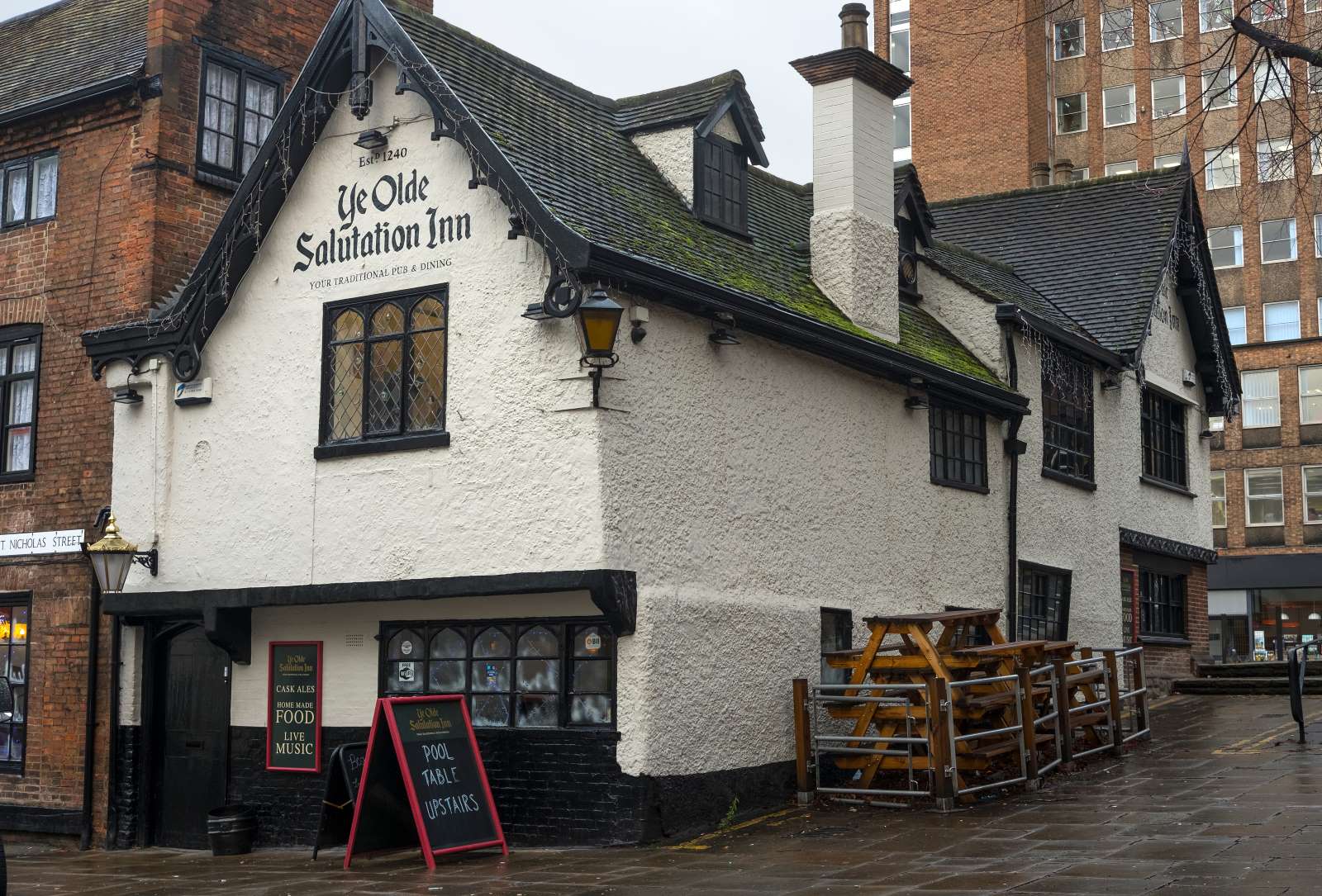
Nottingham’s 55.4% turnout might make one wonder about voter priorities. MP Nadia Whittome represents an area struggling with social and economic challenges. The low turnout could be due to a lack of trust in political promises and a feeling that their votes won’t lead to real change.
14. Oldham

Oldham’s 57% turnout suggests deep-seated voter apathy. MP Jim McMahon has worked on local issues, but the area’s economic challenges and high unemployment rates may have led to a sense of hopelessness among voters, contributing to the low turnout.
15. Rochdale
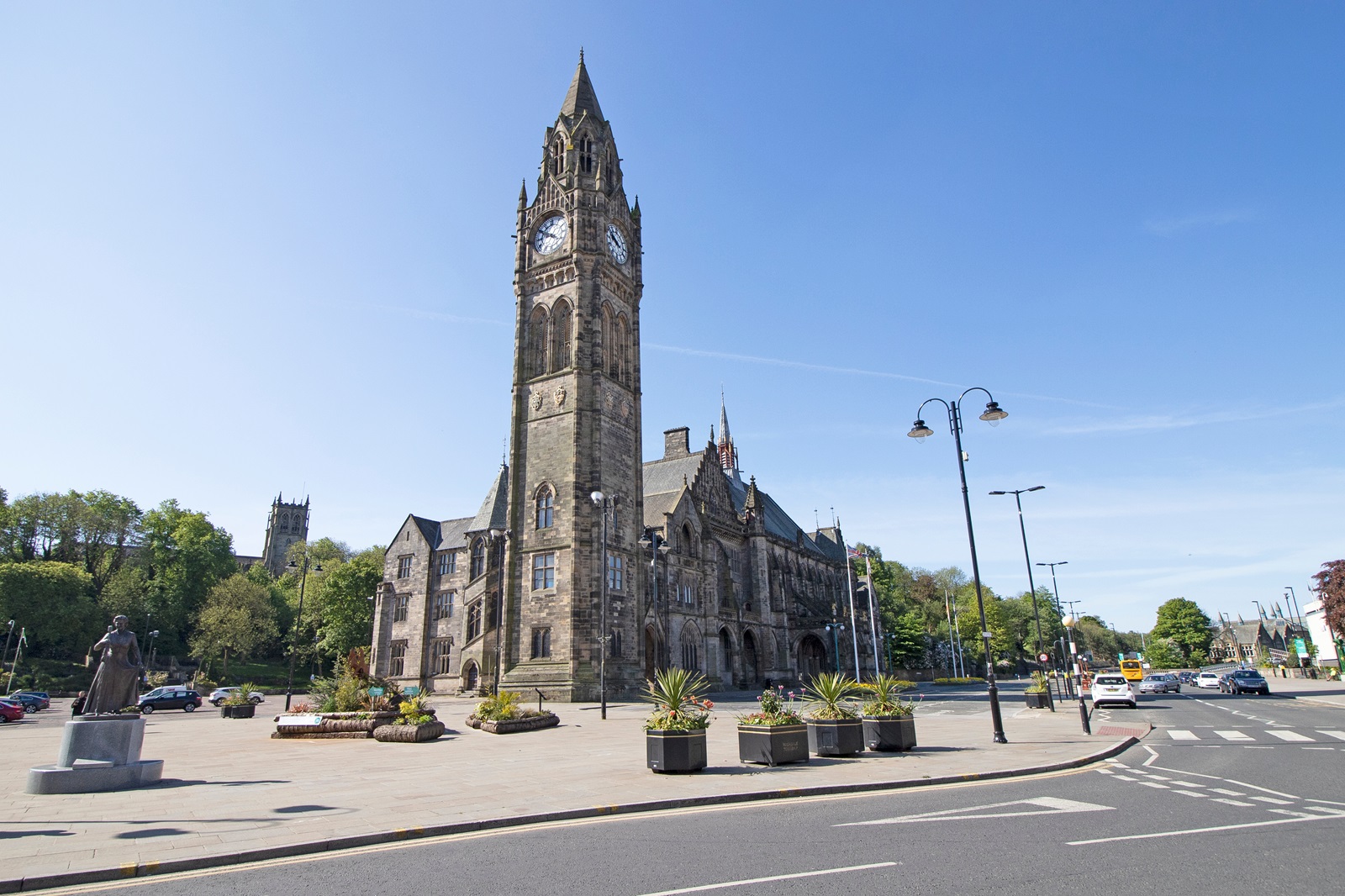
Alastair Wallace
Rochdale, with a 56.8% turnout, shows significant voter disengagement. MP Tony Lloyd faces a community dealing with poverty and social issues. The low turnout could be attributed to a lack of faith in political solutions and a sense of disillusionment with the system.
16. Salford
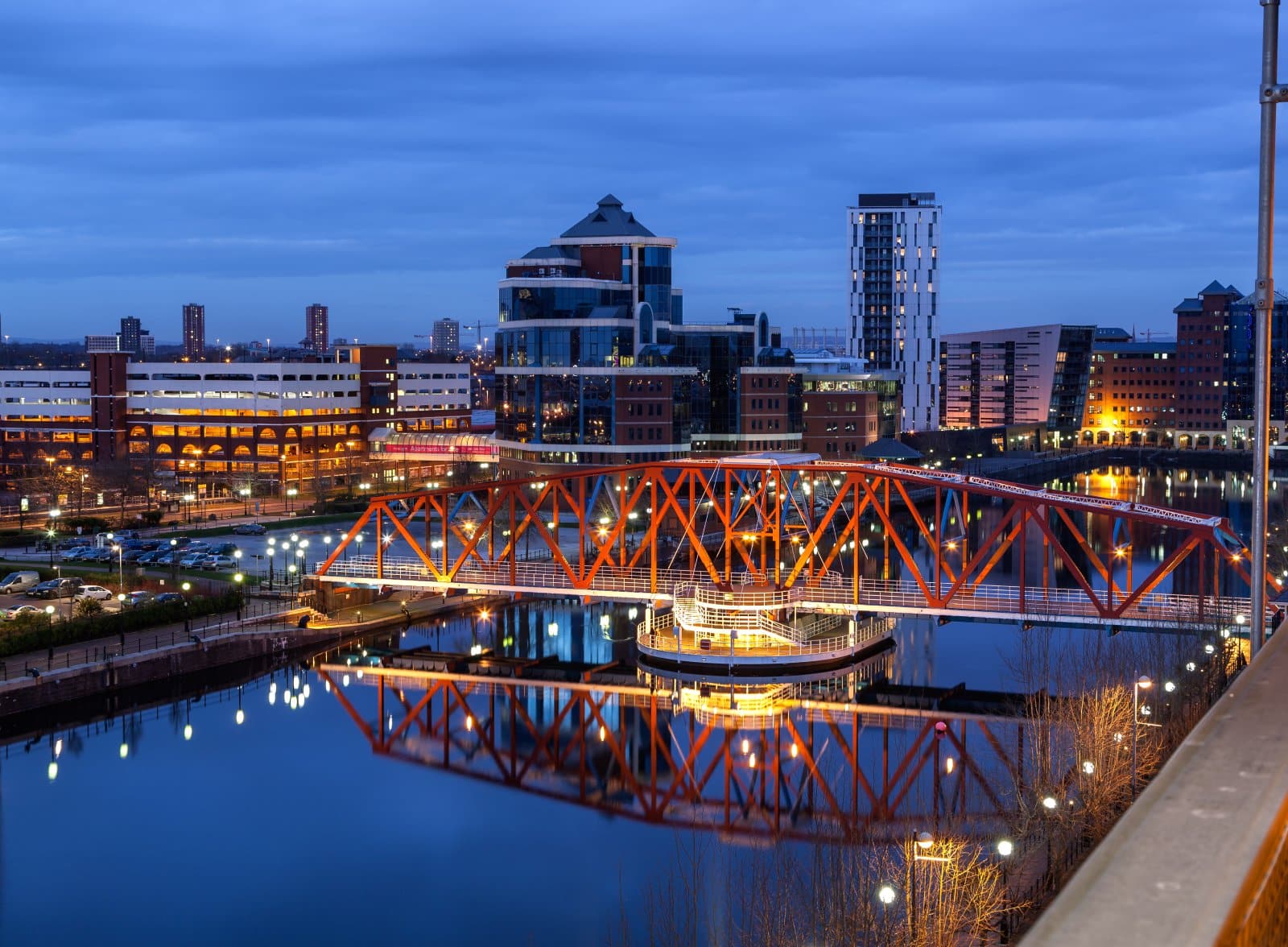
Salford’s 60.3% turnout just barely hits the mark. MP Rebecca Long-Bailey has addressed local concerns, but ongoing economic and social challenges might make voters feel that their participation won’t bring about significant change.
17. Sunderland
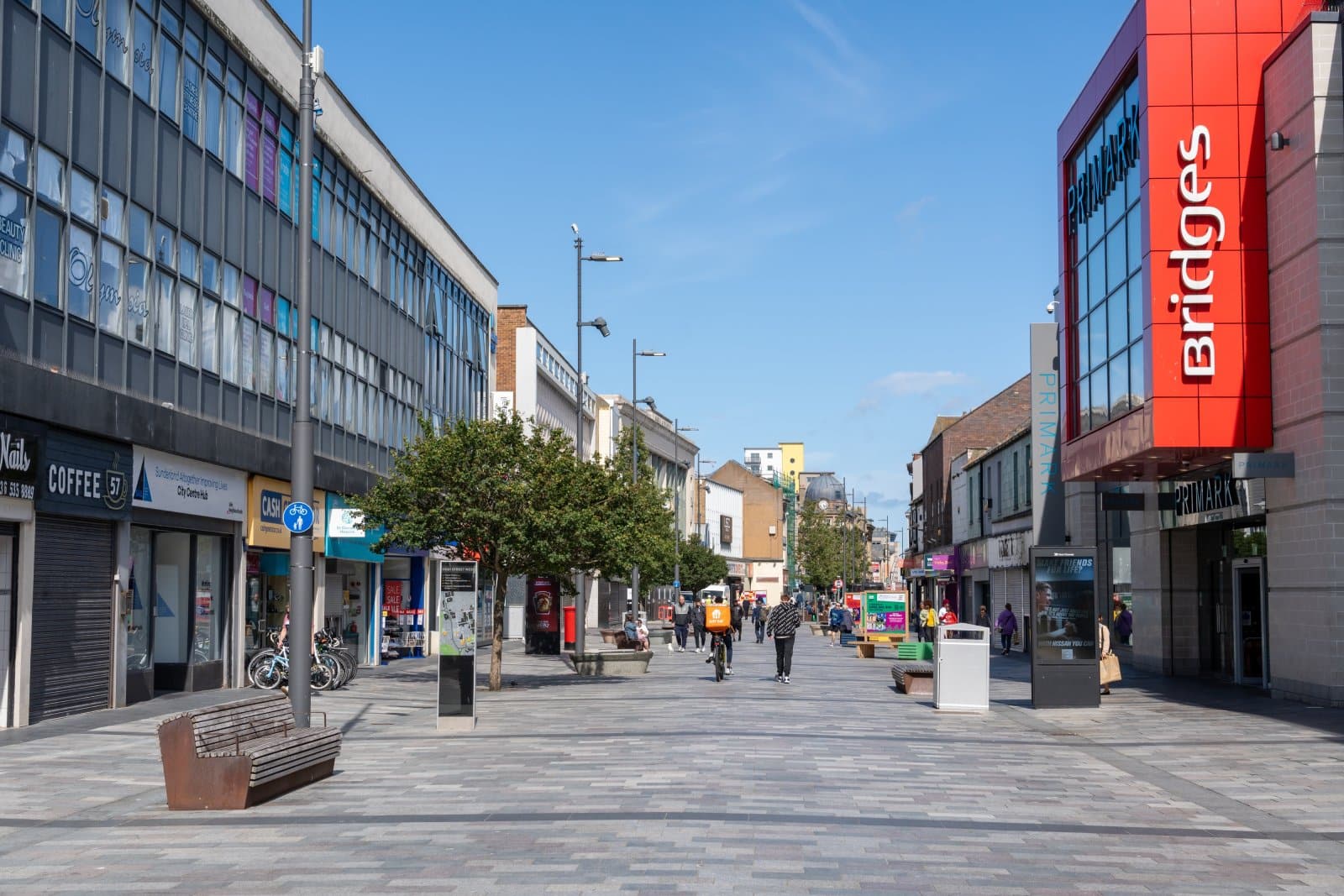
Sunderland’s 59.7% turnout indicates moderate engagement. MP Sharon Hodgson has highlighted local issues, but persistent economic struggles and a sense of political disconnection may contribute to voter apathy. The area’s political shifts also reflect broader uncertainties.
18. Wolverhampton
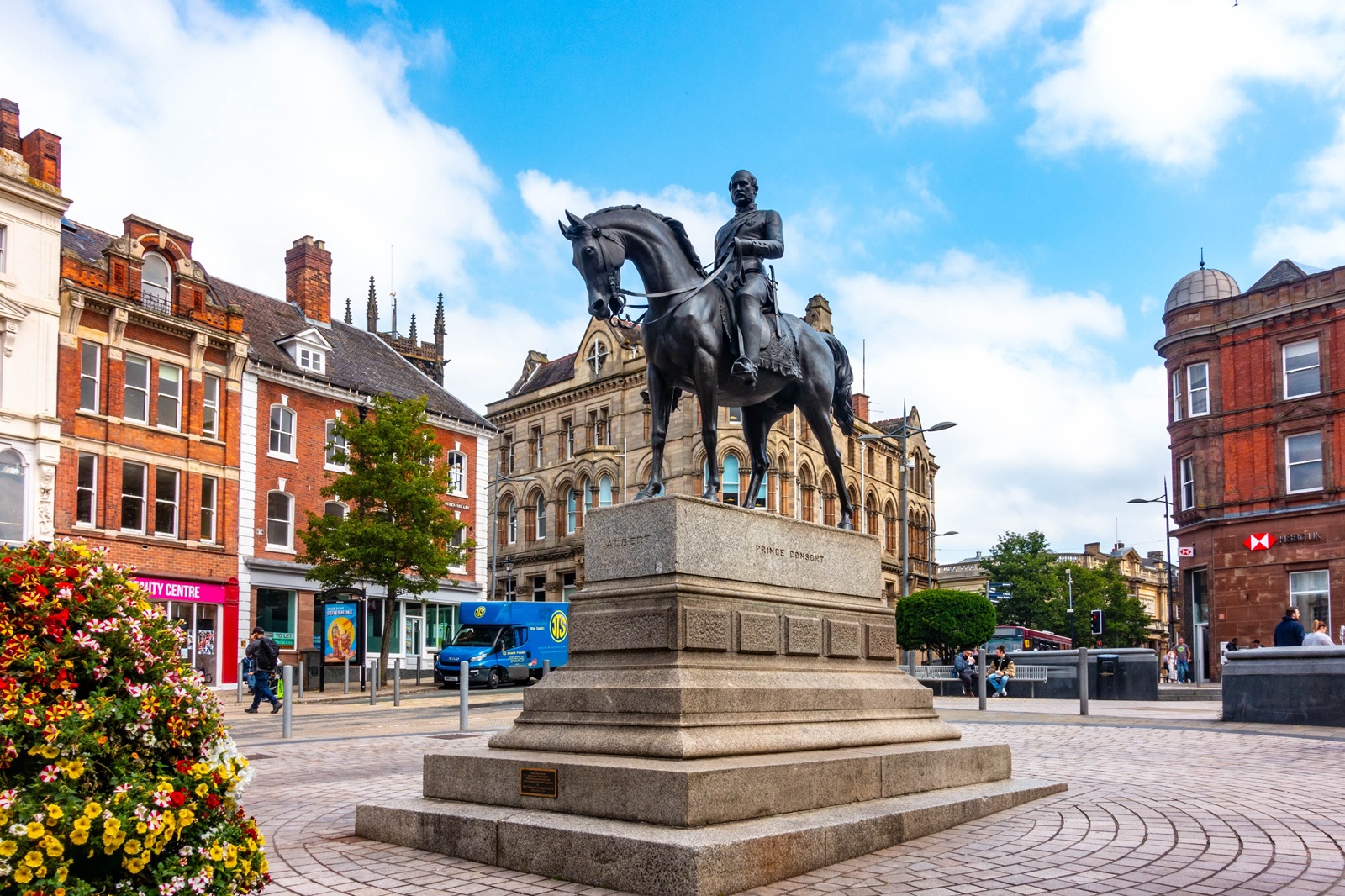
At 58.4%, Wolverhampton voters seem disinterested in politics. MP Pat McFadden represents an area facing economic and social challenges. The low turnout suggests a lack of trust in the political system to address these issues effectively.
Why Bother?

These turnout rates show that many in the UK feel disconnected from the political process. Perhaps our MPs need to connect more with their constituents and address the real issues that matter to them. Is it time for a new approach to engage voters and rebuild trust in our democracy?
Featured Image Credit: Shutterstock / Photos123abc.
For transparency, this content was partly developed with AI assistance and carefully curated by an experienced editor to be informative and ensure accuracy.

